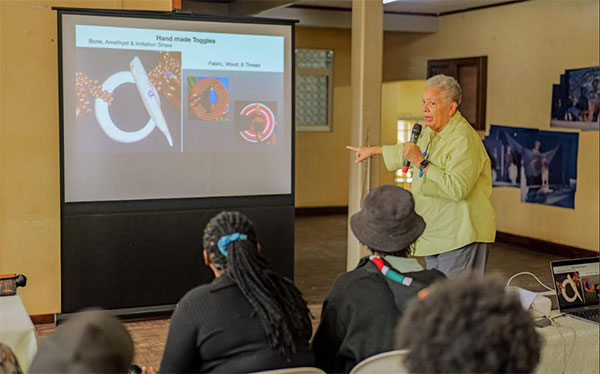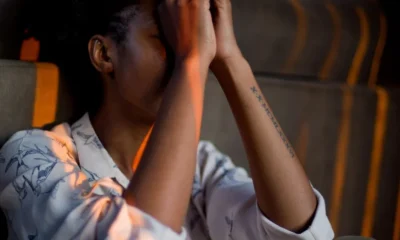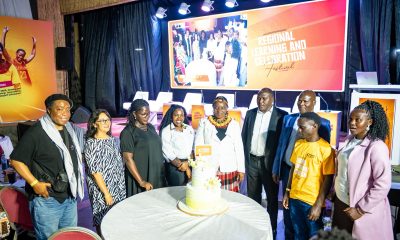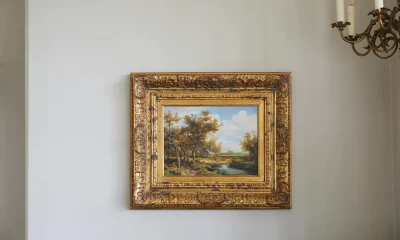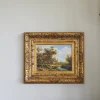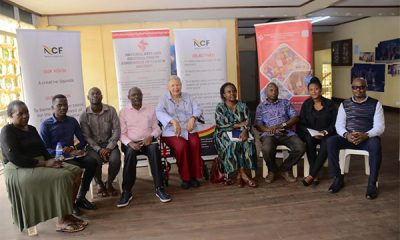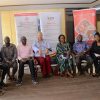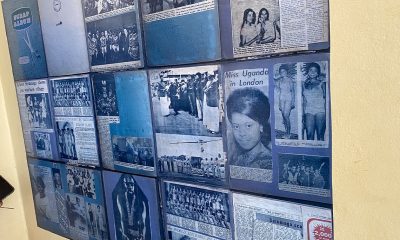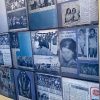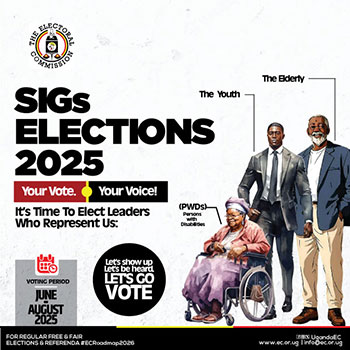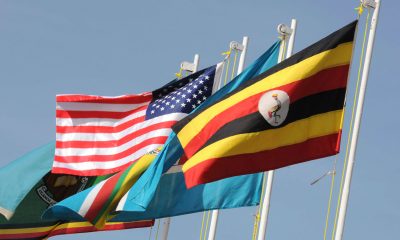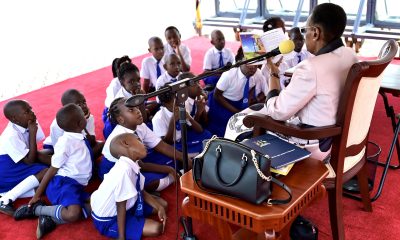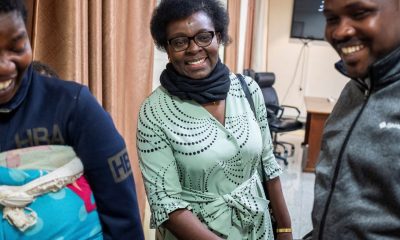Arts
Ugandan Artists Taught How to Take Indigenous Crafts, Including Barkcloth, to US Market
Ugandan artists and artisans have been encouraged to capitalize on indigenous materials, such as barkcloth, to penetrate the lucrative United States market. The advice came during a training session at the Uganda National Cultural Centre (UNCC), popularly known as the National Theatre, on Friday.
The workshop, facilitated by Elaine Robnett Moore, a US-based artist, jewellery designer, and writer, focused on preparing Ugandan art products for export under a program dubbed “Art on a Global Level”, initiated by the Ugandan Embassy in Washington, DC.
Moore highlighted the unique appeal of indigenous materials, emphasising that barkcloth offers market opportunities unmatched by more common materials like leather. “First of all, the materials that are here are indigenous; the quality of the workmanship is unbelievable. The barkcloth is amazing because it’s so beautiful, and it turns out to be perfect for covers like computer covers, iPad covers, galaxy covers, all that. I have purchased one to take to the United States, and all my people there will be jealous about it,” she said.
Moore added that many Ugandan artists overlook the global potential of materials familiar to them locally. “Sometimes what’s indigenous to you is so familiar that you don’t realise that there’s a market for it. If you look at, for instance, leather goods, there’s a leather market, but it’s made everywhere. You can’t get barkcloth from any country, so these items are more marketable,” she explained.
Harnessing Creativity Through Storytelling
Among the participants, Angella Kakobyo, a string artist and founder of Manzuru, shared insights on how storytelling enhances the appeal of artworks. “A lot of people are doing artwork, crafts, but personally, I collaborate with different artists to make sure that I add on what I have. If I get my string art and add a barkcloth to it and colour it, it looks good. Not a lot of people are doing contemporary art through telling stories, that’s how I have been able to navigate through this,” Kakobyo said.
She described the training as a valuable opportunity to gain practical knowledge about indigenous materials and how to make her artwork more unique for export markets. “We have to improve on our artwork, make it more unique and indigenous to this country, so that people outside this country can be able to buy it in big quantities,” Kakobyo added.
Creative practitioner Nuwa Wamala Nnyanzi noted that while Ugandan artists are producing quality work, the challenge has always been market access and large-scale production. “Sometimes you can have the products, but producing in large numbers becomes a challenge. This training has helped get artists and artisans together to talk about the future. Elaine has explained how to market our products, and she will take samples back to the US, after which we can explore producing at scale,” Nnyanzi said.
Uganda’s exports to the United States have grown nearly 28-fold between 1996 and 2022, rising from under US$10 million in the late 1990s to US$89 million in 2022, according to the Uganda Bureau of Statistics (UBOS). Key exports include coffee, vanilla, and speciality goods, demonstrating the potential for high-value products, including artisan crafts, to diversify exports and boost economic growth.
By integrating indigenous materials into market-ready products, Ugandan artists stand to create jobs, empower communities, and position the country more competitively in the global creative economy. Experts at the workshop emphasised that with improved production, marketing, and storytelling, Ugandan crafts could become a strong export category for the United States and beyond.
Comments



